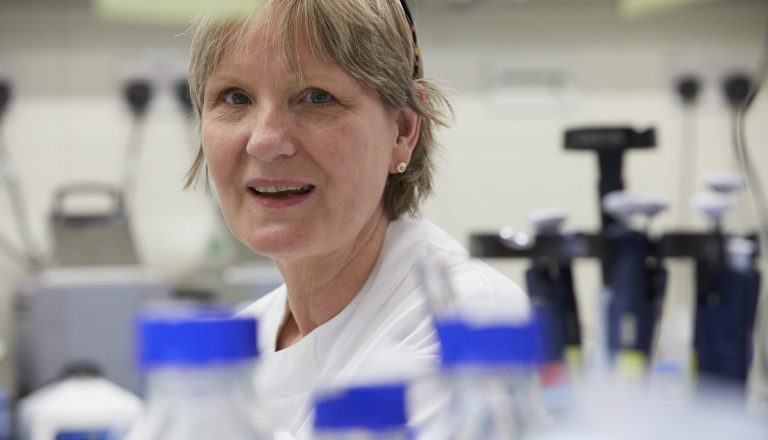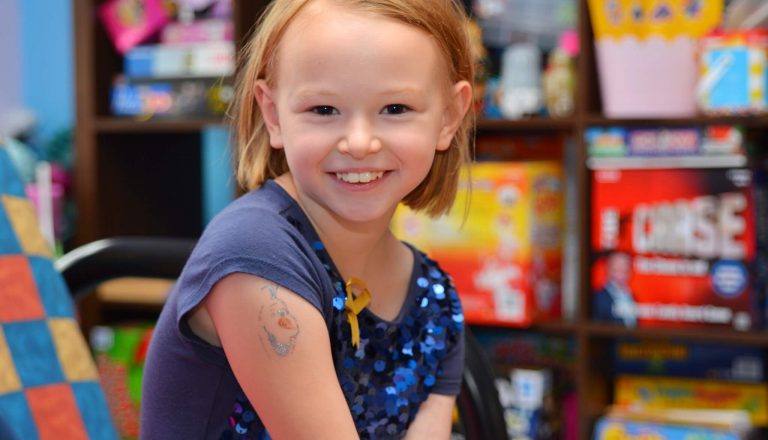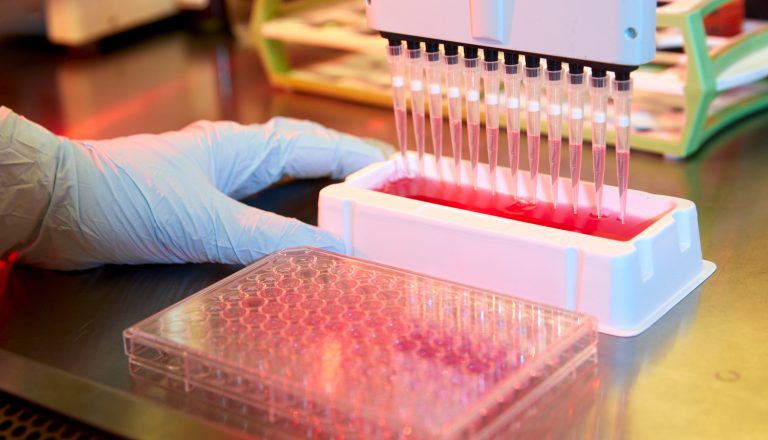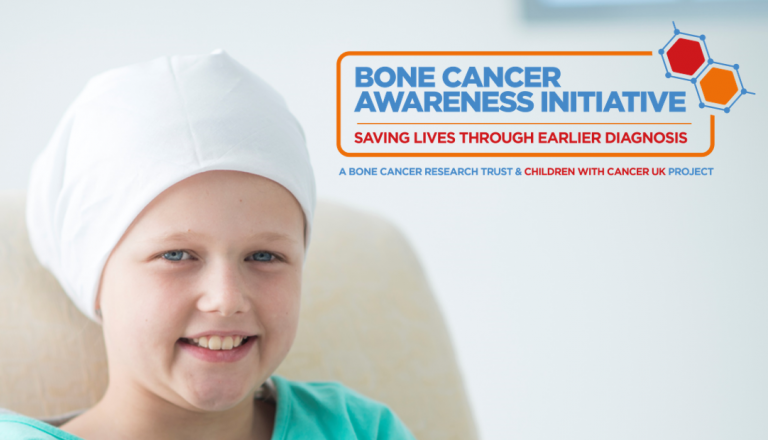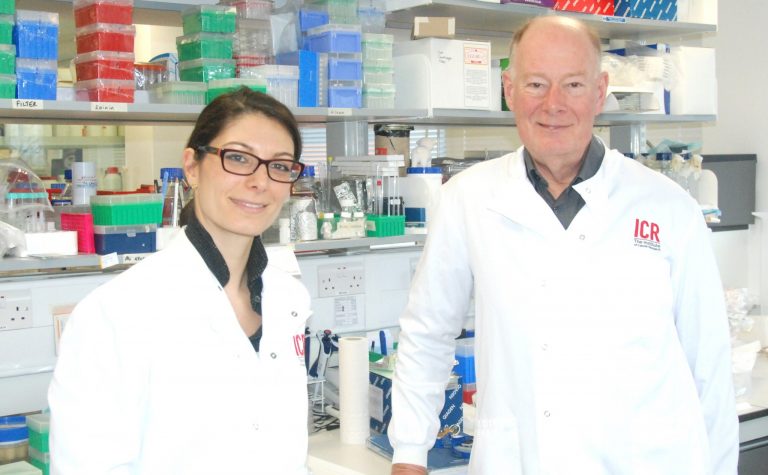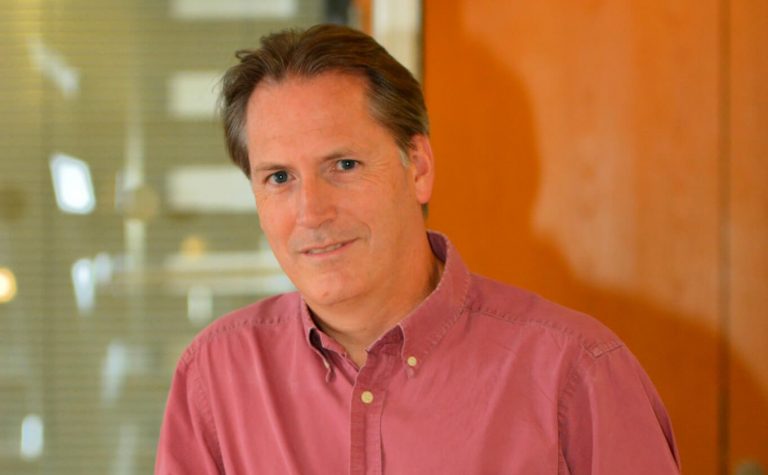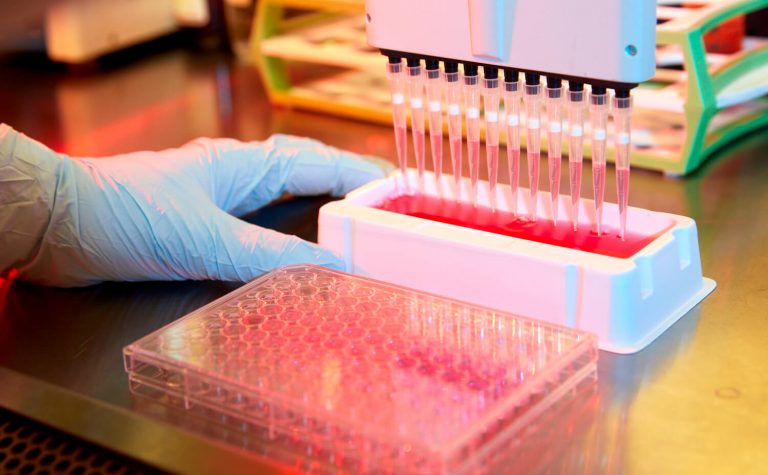Osteosarcoma
Osteosarcoma is the most common type of bone cancer in children. Tumours mostly occur in the bones on either side of the knee and in the upper arm. Symptoms may include bone pain, swelling, redness and bone fracture.
Long-term survival in children diagnosed with sarcomas has remained disproportionally poor compared to other childhood cancers and sarcomas are one of the most life-threatening cancers children may experience. Research that looks to change the way these cancers are treated is an urgent and vital component to bring a change for children with this diagnosis. Read about Bethany’s bone cancer story to learn more about how Osteosarcoma can affect children.
Dr Sibylle Mittnacht, who we’re funding to look into more effective treatments for children affected by sarcomas.
Discover about osteosarcoma